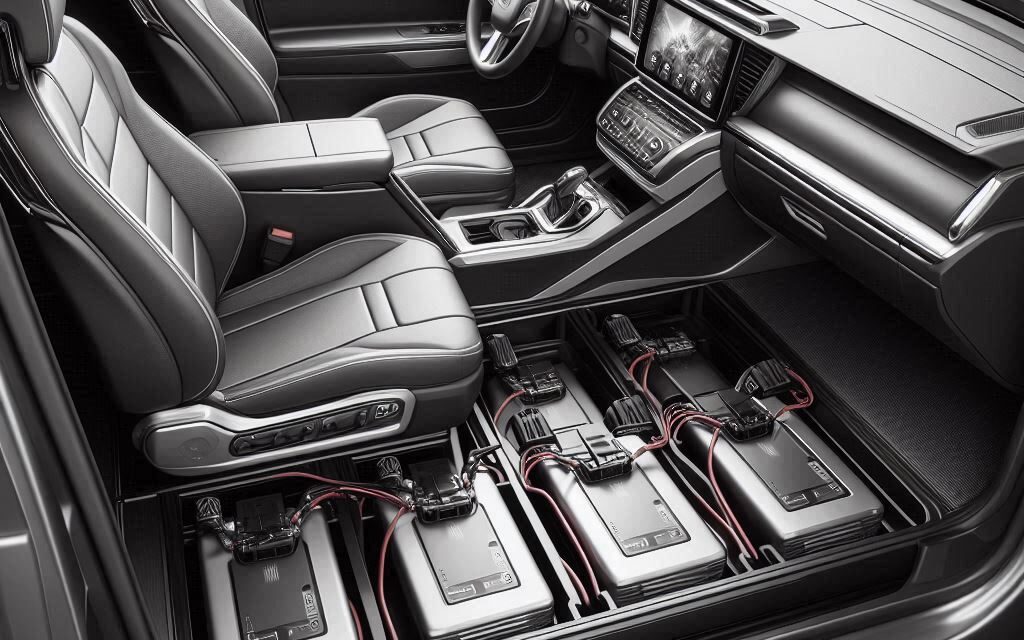When exploring the realm of electric vehicles (EVs), whether you’re eyeing a purchase, contemplating a rental, or diving into the thrilling world of EV investments, it’s crucial to understand the various electric drive systems that power these innovative machines. Join us as we unravel the key categories that define the electric vehicle landscape and discover what makes each one a game-changer.
Battery Electric Vehicles, or BEVs, are the true pioneers of the EV revolution, often referred to as all-electric vehicles. These remarkable machines operate exclusively on powerful battery packs that energize their electric motors, and they recharge effortlessly by plugging into an external electricity source. The best part? BEVs produce zero tailpipe emissions, making them an exceptional choice for environmentally conscious drivers. Standout models include the sleek and sophisticated Tesla Model S, the reliable and efficient Nissan Leaf, and the versatile Chevrolet Bolt EV.
Plug-in Hybrid Electric Vehicles, or PHEVs, offer the ultimate blend of electric and gasoline power. By combining an electric motor with a traditional internal combustion engine (ICE), PHEVs feature larger battery packs than standard hybrids and can be conveniently plugged in for recharging. They can operate in electric-only mode for a limited range, seamlessly transitioning to hybrid mode when the battery runs low. This flexibility allows you to enjoy electric driving for short trips while still having the gasoline option for those longer adventures. Notable examples include the innovative Toyota Prius Prime, the adventurous Ford Escape Plug-in Hybrid, and the eco-friendly Hyundai Ioniq Plug-in Hybrid.
Hybrid Electric Vehicles, or HEVs, represent a fascinating blend of innovation, combining the strengths of both an electric motor and an internal combustion engine (ICE) in a way that’s uniquely efficient. Unlike their fully electric counterparts, HEVs feature smaller batteries that aren’t designed for plug-in charging. Instead, they ingeniously recharge through regenerative braking, capturing energy that would otherwise be lost during deceleration. This smart technology allows the electric motor to seamlessly assist the ICE, boosting fuel efficiency and enhancing overall performance. However, it’s important to note that HEVs are not built for extensive journeys powered solely by electricity. Iconic models like the Toyota Prius, the sleek Honda Insight, and the reliable Ford Fusion Hybrid exemplify this innovative category.
Fuel Cell Electric Vehicles, or FCEVs, take a groundbreaking approach by harnessing hydrogen fuel cells to produce electricity that powers the electric motor. The result? Only water vapor is emitted, making FCEVs an exceptionally clean and sustainable choice for environmentally conscious drivers. Refueling is as simple as filling up with hydrogen gas, akin to traditional gasoline vehicles. While they fall under the electric vehicle umbrella, their unique method of energy production truly sets them apart. Standout examples include the forward-thinking Toyota Mirai and the cutting-edge Hyundai Nexo.
In conclusion, grasping the distinctions in how these vehicles are powered and recharged is crucial for any savvy consumer. BEVs are fully electric, PHEVs seamlessly blend electric and gasoline power for unmatched versatility, HEVs combine both but lack plug-in capabilities, and FCEVs generate electricity from hydrogen. As the electric vehicle landscape continues to evolve, we can look forward to thrilling new technologies and innovations on the horizon. From advancements in battery technology that extend range and minimize charging times to the creation of more efficient electric motors, the future of EVs shines brightly. By prioritizing sustainability and reducing carbon footprints, understanding the nuances of each vehicle type will empower consumers and businesses alike to make informed decisions in this dynamic and rapidly changing market.










Thank you for this information